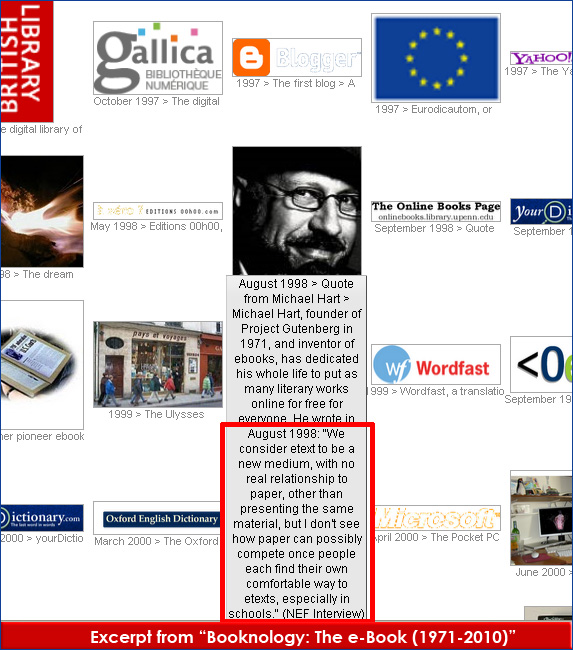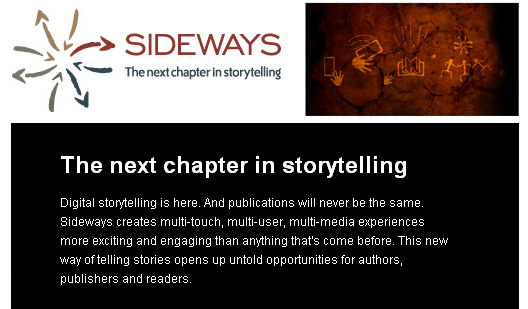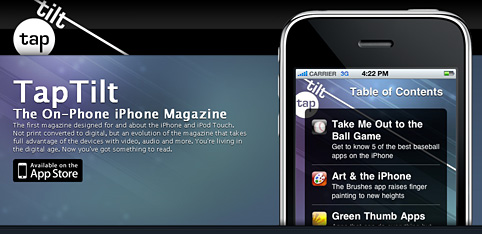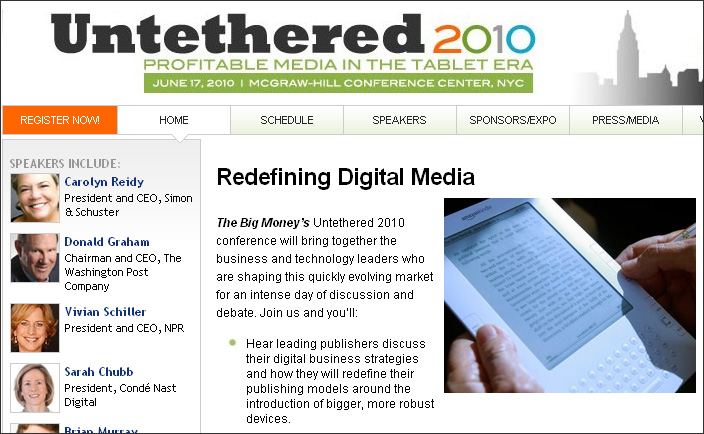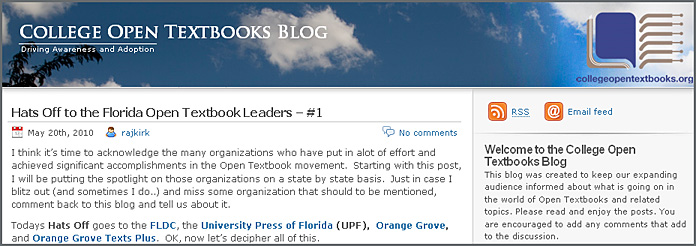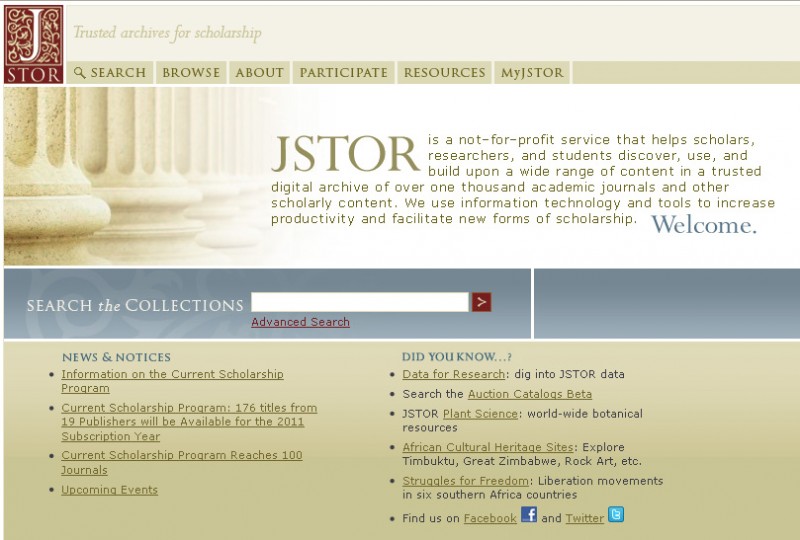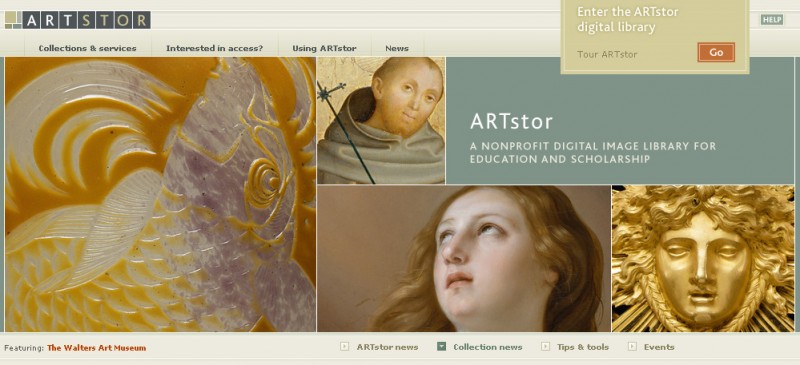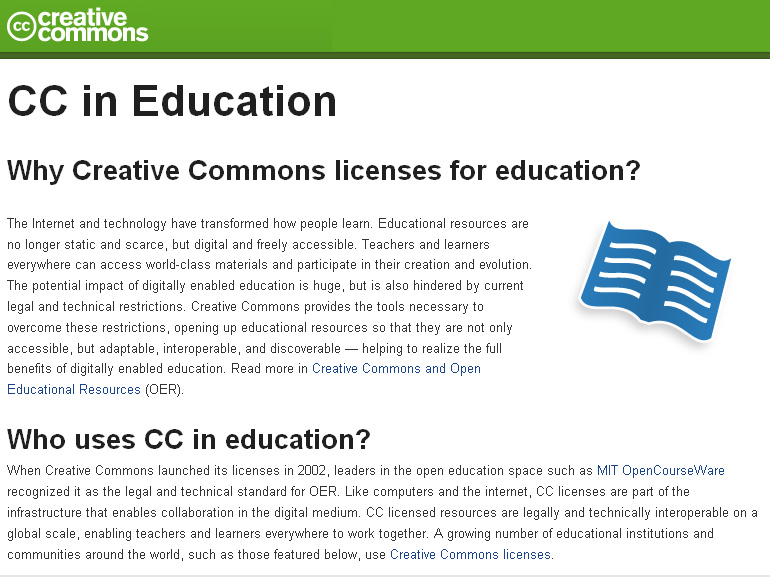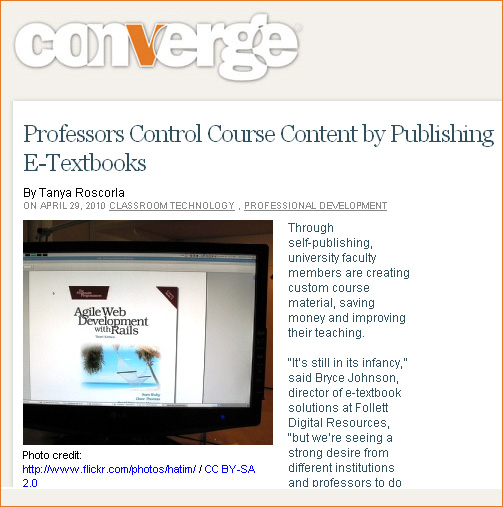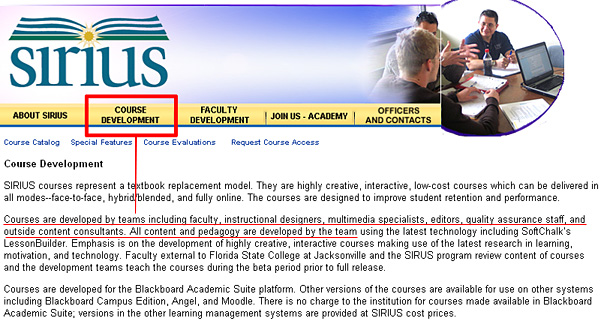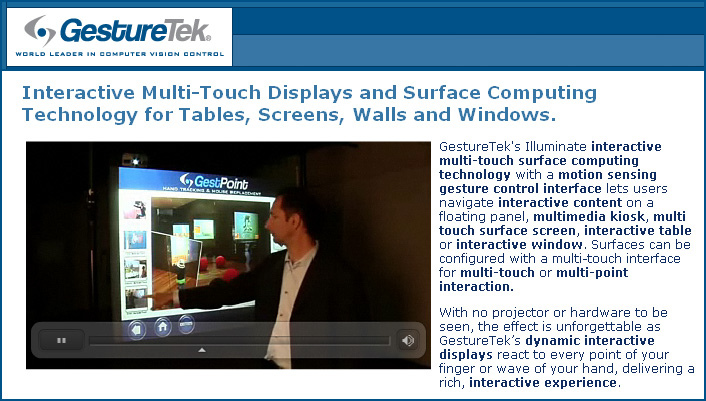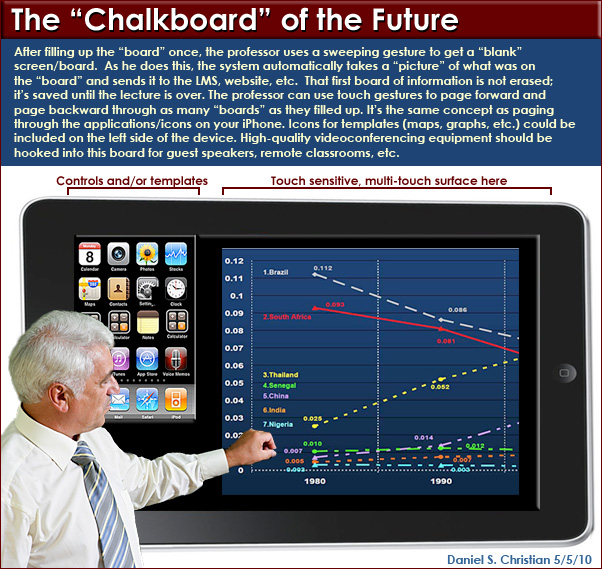The future of textbook publishing in the Digital Age: New publisher workflows — from the xplanation by Rob Reynolds
About Sideways
Sideways, the publisher of experimental app magazines Sideways and TapTilt, transforms print into immersive experiences on digital tablets and mobile devices. Leveraging unique multi-media capabilities, Sideways goes beyond ebook functionality, changing storytelling and the way we consume books and magazines. Developing original content with forward-thinking publishers and authors, the company’s publishing platform augments text with rich media, adds multiple levels of reference, and enhances reading with mobile features and social media. Sideways takes advantage of interactivity to enrich both the solitary and social experience of reading – from fiction and non-fiction to “how to” and guides. Additionally, Sideways is the creator of Author App, a mobile application for authors designed to build their brands, engage their fans and expand their presence. Based in Cleveland, Sideways was founded in 2010 by Charles Stack and Eliza Wing. Stack started the first online bookstore in 1992 – Books.com – which was acquired by Barnes and Noble. Wing was formerly the CEO of Cleveland.com and editor at Rolling Stone, Books.com, and New York Woman. For more information, visit www.sideways.com.
Also see:
From DSC:
Do you hear the roar of the engines? (i.e. the pace of technological innovation is exploding and the racetrack is full of lightning-fast cars.)
2010 Distinguished Achievement Award Winners — aepweb.org
Administrative Tools
ADULT
Instruction Planner & Curriculum Mapper 2010
Collaborative Learning Inc.
9-12
Livescribe Pulse Smartpen
Livescribe
K-5
Orchard Software
Orchard Learning, Inc.
Alignment Tools
9-12
Inspiration 9
Inspiration Software
6-8
Inspiration 9
Inspiration Software
Assessment Tools
ADULT
ePath Knowledge – Assess
Peoples Education
9-12
RAPS 360
MindPlay Software Company
6-8
WriteToLearn 5.3
Pearson
K-5
AVerVision 355AF Document Camera and AVerPen
AVerMedia Information, Inc.
Educational Toys and Games
9-12
Life Finances
4t Nox
6-8
TIE – Totally Immersive Education
Emantras
PRESCHOOL
PBS KIDS PLAY!
PBS
Portals
9-12
Discovery Education streaming Plus
Discovery Education
Social Media
ADULT
edWeb.net
edWeb.net
9-12
School Town
School Town
6-8
ClassChatterLive
ClassChatter.com LLC
Websites
ADULT
The Outdoor Foundation Mentor Toolkit
Topics Education Group
9-12
ARKive: Images of Life on Earth
Wildscreen USA
6-8
Edgar Allan Poe
Weekly Reader
K-5
The Electric Company Web site
Sesame Workshop
From Kno’s blog:
So how did this all get started? The eTextbook has been available for almost a decade now, yet has not taken off. This was our starting point – we asked the question – why haven’t eTextbooks taken off?
Students are immersed in the digital world, with their computers, access to the web, and social networking on their phones. But, most of this is an “add-on” to their 18 (or more) pounds of a physical textbooks. Textbooks are heavy, costly, and awkward to carry around, but still they are the central reference source for majority of students. Why is that? Why hasn’t a digital device taken off, providing students with a lighter, cheaper, and more functional alternative?
Answering this question was simple: talk to the students, and let them tell us what’s going on. So, that’s exactly what we did, and the answer was surprisingly clear. Students have a “relationship” with their textbooks and build their studying habits around them. Things like seeing both pages in a two page spread, the way they hold their books, using a highlighter, writing on sticky notes they’ve placed on a page, even putting their finger in the book to look something up while holding their place. Lighter and cheaper is a good start, but not enough. It’s this relationship with the textbooks that needs to be carried over to the digital world.
Also see:
Kno dual-screen tablet appears at D8, we go hands-on — from Engadget
Also see:
Dual-Screen Tablet Maker Hopes to Reinvent the Textbook — from by Priya Ganapati
Read More http://www.wired.com/gadgetlab/2010/06/kno-textbook-tablet/#ixzz0qZRvJoRW
Digital self-publishing upends traditional book world — from eSchoolNews.com
The transformation of textbook publishing in the Digital Age — new business models — from Xplana by Rob Reynolds
Introduction
In April, we published a report on Digital Textbook Sales in U.S. Higher Education, in which we outlined sales for e-textbooks over the next five years based on current trends and variables. This series — The Transformation of Textbook Publishing in the Digital Age — provides an in-depth look at textbook publishing in Higher Education, and offers a roadmap for evolution and profitability in the industry. In this first installment, we will discuss New Business Models. In subsequent installments, we will explore New Product Models, New Authoring Models, and New Production Workflows.
My goal with this series is neither to extol nor criticize the textbook industry, but rather to provide an understanding of the business as it exists today, and to offer a digital success strategy for the companies that comprise that industry. By doing so, I hope to lay the groundwork for our subsequent summer series on The Transformation of Learning Systems, and The Transformation of Learning Content.
Strategies for New Business Models for a Digital Age
The majority of this post has been about existing practices and product/business models in the textbook publishing world. These practices and models are based on a print-centric paradigm that will be outdated within three years, and are also the result of old assumptions about Higher Education and learning in general.
While the path to digital transformation will be unique for the different publishing companies, there are some constants that will be part of any successful plan for Higher Education learning content in the coming years. The surface chatter will continue to be about e-textbooks — reaching 18%-20% of the new textbook market by 2014 — but the strategies that drive success will all take the following elements into consideration.
- The Disaggregation of Content — Future profitability will be incumbent on publishers’ ability to conceive of and produce meaningful content at a more granular level and disaggregated from the notions of textbooks. It is not that they should produce less or different content, necessarily, but rather that content must become agile, malleable, and designed to be mashed up easily by customers — institutions, instructors, and students. This means thinking at the key concept or learning objective level. It also means arriving at new revenue streams that are also disassociated from textbooks and ISBNs.
- A Focus on Lifelong Learning — New estimates have social media sites accounting for two-thirds of U.S. Web traffic withing five years. This growth and dominance is related to a sense of personal connectedness and long-term residence that users associate with such sites. Textbook publishers must find ways to move past outdated notions of students and instructors bound within narrow windows of consumer opportunity, and learn to embrace lifelong learning and see every adult citizen as a potential customer.
- Embracing Self-Publishing — In the new world order of business in publishing, self-publishing will be a primary avenue for partnership and revenue. And unlike the stigma associated with self-publishing in trade fiction, the educational content market already recognizes self-published content as valuable and embraces it. In the future, textbook publishers should plan on abandoning much of their current content authoring model in favor of aggressive self-publishing services. This will lead to broader partnerships throughout the educational community as well as to more sustainable models for revenue.
- Partner with Open Content — Make no mistake about it. Open content and open educational resources (OERs) will become leading alternatives to proprietary textbooks for at least 25% of the Higher Education market within five years. There are many services than can be offered around OERs and there is great value in mapping OERs to existing publisher content. Textbook publishers must take advantage of this opportunity to make their content and services more relevant, or they will see the value of their businesses diminish.
In next week’s installment, I will discuss specific new product models that textbook publishers will need to embrace in order to remain competitive in the coming years.
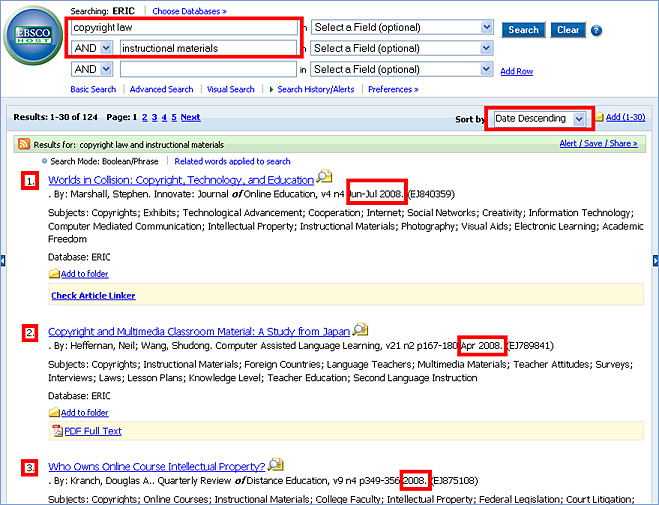
I went to go search the ERIC database just now for articles related to copyright law as it pertains to instructional materials. You know what? The most recent hit I got was from 2008! That’s unbelievable to me. It’s May 2010, and if I can’t get a scholarly article on this from 2010, we’ve got a serious problem with our academic journals. This situation is unacceptable and won’t be where students go if we can’t provide a much more up-to-date experience.
If I were to go to a lawyer about this situation, I sure hope that they would have more up-to-date materials than I currently have access to as a student.
Now I know that I could pick up many scholarly journals and look at articles from March, April, May 2010 at this point. But when did those ideas first get started? When were the articles written? When were they reviewed? When were they sent back for changes? When were they re-submitted? When did they finally make it into “print”? What’s the BEST we can do with printed journals? With online-based journals?
I’ll also grant you that I’m approaching this from somewhat of a tech-perspective — and technology always seems to outpace many other areas. But still…that all the more backs up my point here as we must move towards providing more up-to-date methods of sharing scholarly information.
Along these lines, I don’t want to read a textbook that is prior to 2009 — and ideally 2010 — at this point. In my area of work, I need up-to-date methods, techniques, information, skills.
We need more avenues that are similar to:
- JSTOR
- Artstore
- Creative Commons
Earn more, charge less
He also spends less money publishing them. With his original textbook, he printed 3,000 copies and had to store them, so he didn’t break even for a while. That’s not the case with creating e-textbooks.
“You don’t have to have a bunch of books laying around, you don’t have to have the initial startup costs,” Chamberlain said, “and then you can send that savings on back to the students.”
For the past five years, Florida State College at Jacksonville has been driving down the cost of textbooks for its students through the SIRIUS initiative. SIRIUS brings together between 50 and 75 faculty members to create course material and textbooks for classes they’re qualified to teach, said Chief Operations Officer Jack Chambers. So far, they’ve developed 20 interactive general education courses.
The textbooks cost $60.98 in print, but this fall, they will publish online through CafeScribe at a price of $48 each. Eleven other colleges will use them as well.
Before the courses publish, a team of content specialists, instructional designers, quality assurance staff and multimedia personnel review them, as do expert faculty members outside the college (emphasis DSC).
From DSC:
This is where publishers need to go — at least as part of their delivery of educational content. Bring up a textbook, maneuver to chapter ___, and drag the video from the left side of the screen to the right side. Or drag an entire chapter to the right side of the screen to have that chapter unfold before your eyes — and then select the item you want to focus on. Drag your fingers to enlarge the graphics/graph/photo/table/etc.; when you are done discussing that item, shrink it back down, gesture it to the side, and go to the next item. Have the board take pictures accordingly and send those pictures to multiple sources.
…









